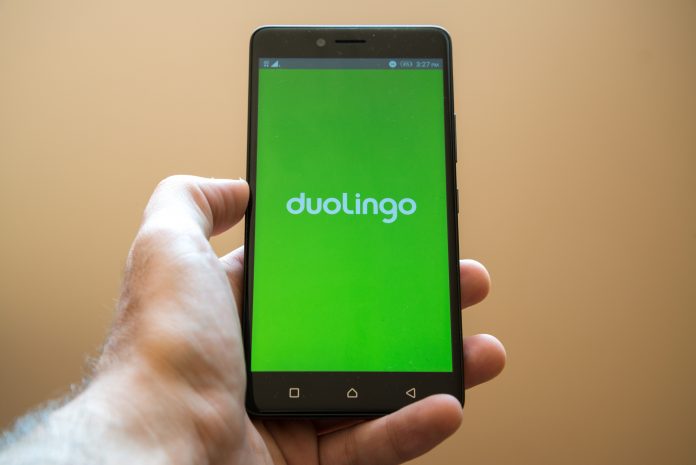Dr Elaine Garcia, Senior Programme Leader at Interactive Pro and Edology.com, explores the use of artificial intelligence (AI) in education
The rise of technology within the education sector over the last few decades has been astounding. This is certainly the case if we consider that teaching with technology has become pervasive in almost every classroom environment. Within today’s classroom, for example, we find ourselves surrounded by devices such as smart boards, AV, computers, laptops, tablets and phones, to name but a few technologies which are now being integrated into teaching.
We have also seen the rise of the virtual learning environment and blended learning, alongside a significant rise in online education. This has allowed distance learning to take new forms and shapes and to reach greater audiences around the world. Educational technology is now a real part of education and something which, when used effectively, can make a significant impact on teaching and learning.
While it may seem inconceivable to imagine technology not being used within our classrooms today, it is important to note that the road to integrating it was not without its problems. In fact, a number of the technologies which students consider to be core to their studies today were rejected at first by a large number of academics and teachers. They preferred to use more traditional teaching methods and did not want to try something new, different and with which they were not familiar.
A further issue in the introduction of educational technology is that we frequently saw such tools being driven by technologists or IT departments who were pushing to see technology being used persuasively within the classroom, without necessarily considering their pedagogical purposes. In other words, implementing technologies simply for the sake of introducing new technologies.
What we have, therefore, learnt from these experiences is that the pedagogical perspective should drive the introduction of new technology, rather than considering the pedagogical purpose of the technology after it has already been introduced. When technology is introduced without considering its purpose we usually see the replication of traditional forms of teaching and learning using online tools. This is not really sufficient to justify the investment that such technologies will often require.
When thinking about introducing new technology, it is important to carefully consider how it can allow learning to take place in new and different ways through different pedagogical perspectives, such as connectivism.
We are now moving into a new age of technology, one in which artificial intelligence (AI) or machine learning are being developed. Therefore, we need to once again consider whether such technology should be used within education and, if it should, how it will be useful in enhancing teaching and learning.
Currently, there are a wide range of predictions of how AI will be integrated into future education. These range from commentators predicting that AI will only take over the administrative tasks of teachers, to others who predict that AI will replace teachers within the classroom entirely. While such concepts may be hard to imagine for the majority of teachers, AI is already being used in some classrooms today. For example, IBM Watson, Third Space Learning and Duolingo Chatbot are all forms of AI already being used to enhance learners’ experience.
What is of key importance, however, when considering the use of AI in education, is to once again ensure that it is pedagogy, rather than the technology that is driving the development of new and different approaches to education.
Certainly, some of the developments discussed so far do appear to focus on what drives teaching and learning. Key issues identified include the manner in which AI can allow greater personalisation and customisation of the educational experience for learners. This, therefore, allows for greater differentiation and individualised learning, both of which are key to teaching and learning.
However, what is yet to be answered is how AI will be able to replicate the empathy and creative thinking that are a key part of a teacher’s role within the classroom or how the replacement of teachers altogether by AI will be pedagogically advantageous to learning.
Before the development of AI for educational use goes too far, this is a vital question that needs to be asked and one which may ensure the implementation of AI within education will be truly advantageous for students of the future.
Dr Elaine Garcia
Senior Programme Leader
Interactive Pro and Edology.com
www.interactivepro.org.uk











